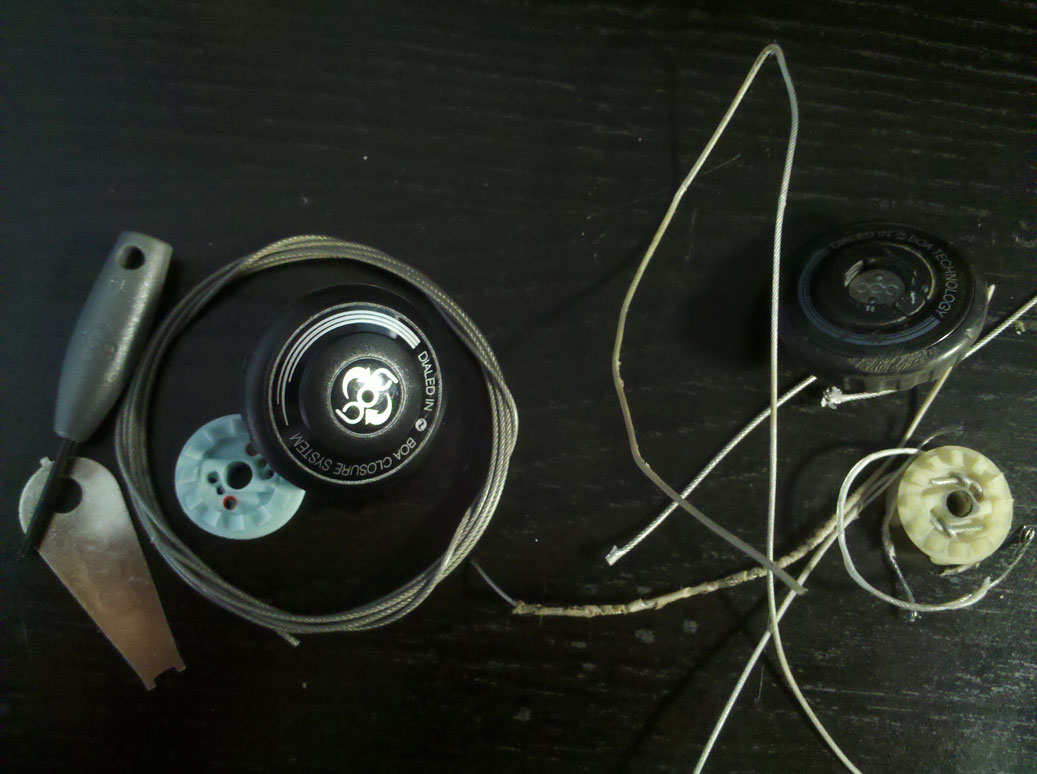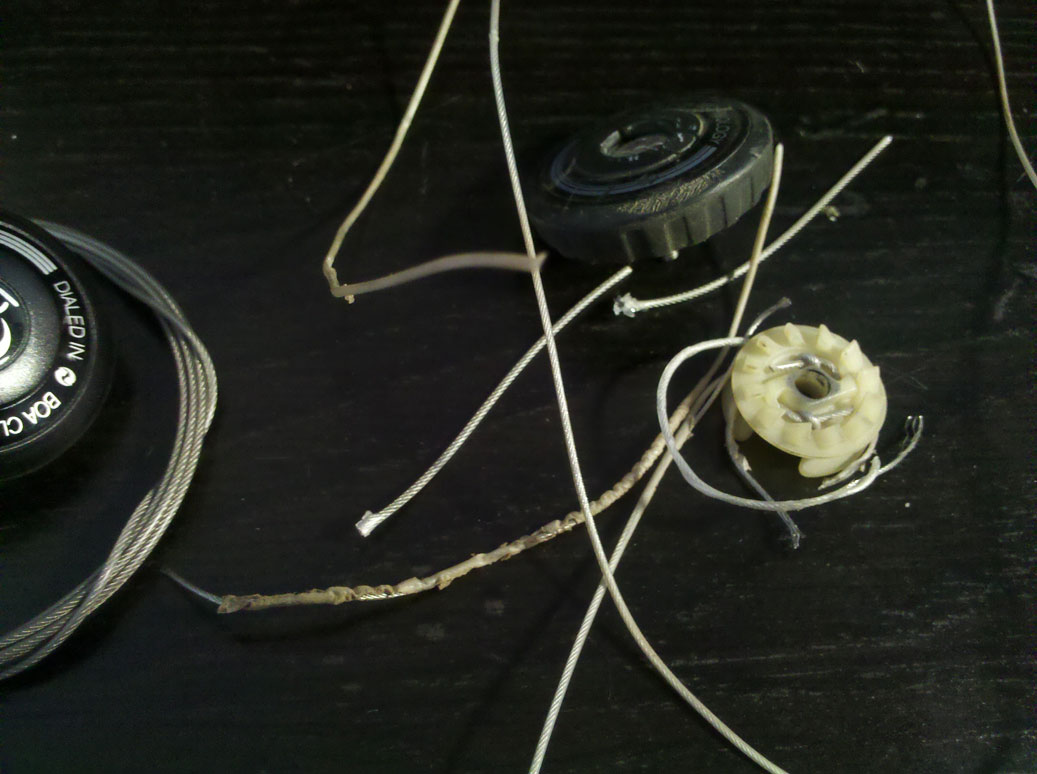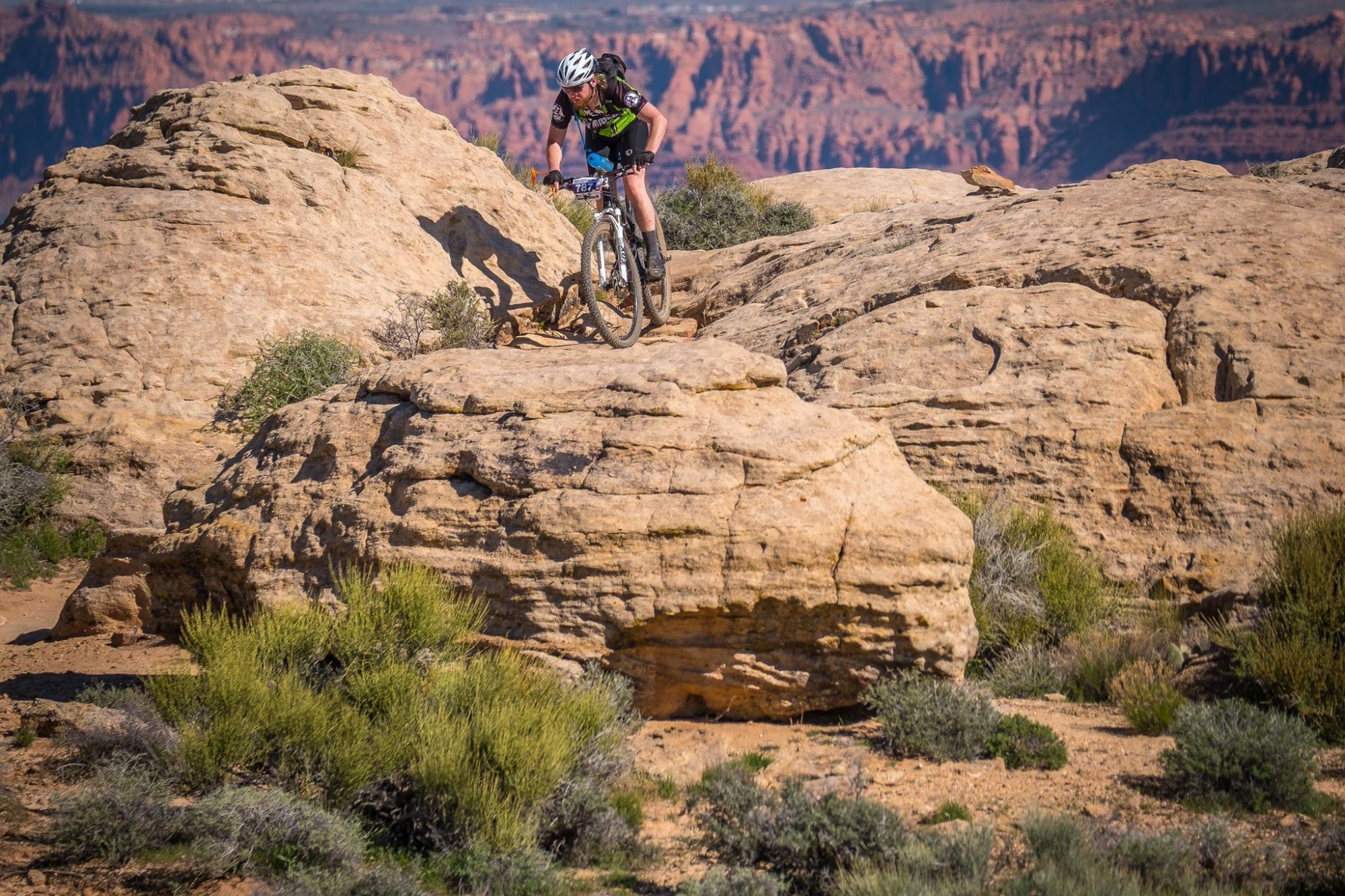A bit over a year ago in January 2011 I purchased a set of Lake MX330C SPD-compatible mountain bike shoes. They are a pretty fancy shoe, with an upper made from kangaroo leather and carbon soles as well as a BOA Technology lacing/closure system. This is not so much a review of the shoes, which are pretty good, but rather some detail about my experience with the closure system.
One of the first things I noticed was that the BOA cinches up the shoe to a uniform tightness, you cannot let it be looser in the toe and tighter up top or similar as you can with a good conventional lacing system. There are shoes out now with a “dual boa” that address this but I have not found the mandated even tension to be an issue beyond some minor initial adjustment on my part. The BOA is extremely convenient, you do not realize how much so until you go back to using a pair of shoes with laces again. They are easy to get on (easy to put a lot of slack into the lacing system and open the tongue a long way) and take only seconds to tighten up, tightening them is not significantly faster than lacing but faster-enough to be beneficial. Taking them off really seals the deal, pop the BOA out and pull the shoe off, no muss — no fuss. The other thing I now take for granted with these shoes is the ability to make fit adjustments not just on the bike but also on the trail (those who mountain bike know what I mean, doing something on the bike while riding off-road is entirely different than just doing something on the bike). Up until a couple of month ago I would have been unable to complain about any significant downsides to this system, but it turns out there is one: maintenance.
In January 2012 I was on a ride and had my first real problem with these shoes. After a ride where I was occasionally having to walk the bike through snow drifts the laces on the right shoe were “frozen” and I had trouble getting the shoe off of my foot. Unfortunately after they dried out this condition persisted and in retrospect probably was not related in any significant way to trudging through snow. Not wanting to bother with it I spent the next two months riding with a right shoe that would barely reach an adequate tightness, during this time the left shoe also began to exhibit symptoms that it was headed down this road as well. Loosening the shoe took significant more effort and felt “rough”.
Finally I sent an email to the US Lake distributor about the issue and quickly received a response that BOA warranties (all boa systems have a lifetime warranty, regardless of shoe warranty) were handled directly through BOA Technology. After visting the BOA website I was quickly able to order a parts kit for both shoes completely free of charge. Expedited shipping is available for a fee, but using the free shipping I had my parts in about a week.
After tearing apart one of the shoes it was immediately obvious what the problem was.


The cables (laces) are plastic-coated and that coating had become partially separated from the cable and roughed up to great extent and had wedged the cable inside one of the plastic guides of the shoe. It was not that the BOA was not working, it just could not move the cable. Replacement of the cable and ratchet mechanism was straightforward but fairly tedious. The first one took about a half hour and the second one around half that amount of time. The only tools required beyond what was provided were a pair of wire cutters (stout scissors would work in a pinch).
To summarize, the system is great — better than laces in most respects. But plan on doing 30-45 minutes of somewhat tedious maintenance about once per year if you ride a lot. This timeline may be different in other shoe models, but I expect that there is probably still a maintenance requirement.
